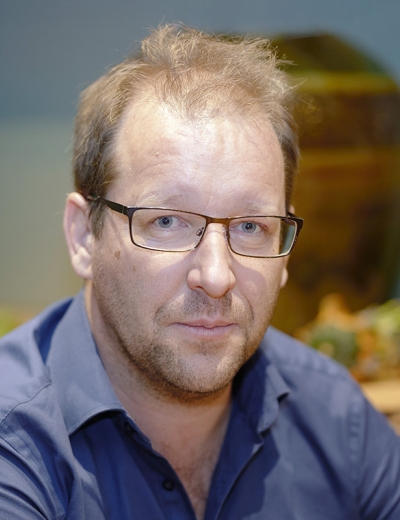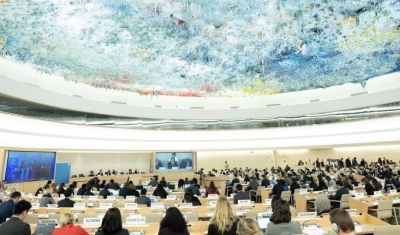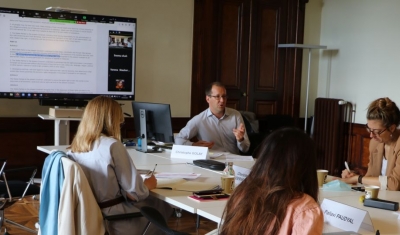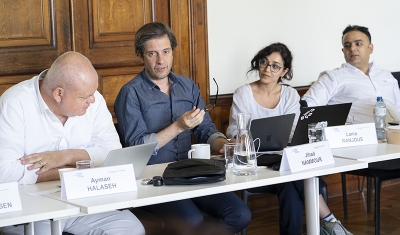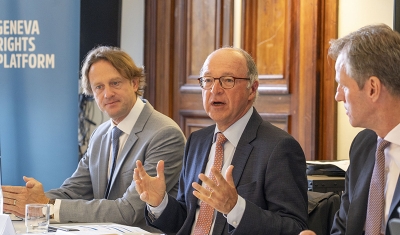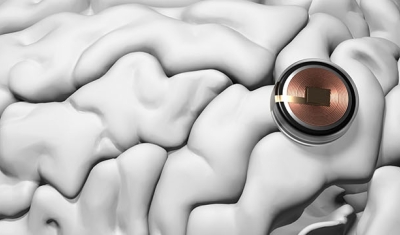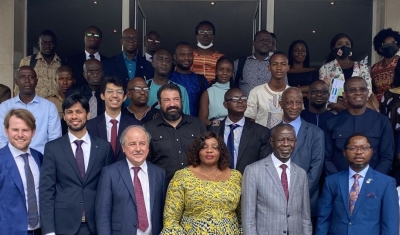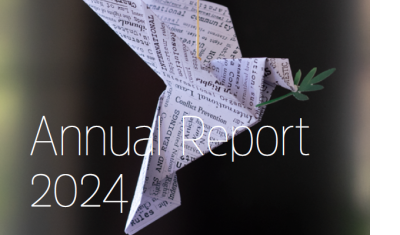Many of the 17 Sustainable Development Goals (SDGs) and their 169 SDG targets aim to contribute to the realization of economic, social and cultural rights (ESCR), and the commitments to leave no one behind and to achieve gender equality can give concrete meaning to the human rights principles of equality and non-discrimination.
United Nations (UN) human rights mechanisms – with their unique expertise in monitoring the realization of ESCR, promoting equality and non-discrimination, and pushing for the adoption of laws, policies and programmes that target the most vulnerable or those who are left behind – can provide guidance in the implementation of the SDGs, as well as a much-needed accountability framework.
Our new Practical Manual precisely outlines the role of UN human rights mechanisms – UN Treaty Bodies, the UN Human Rights Council and UN Special Procedures – in monitoring the SDGs that seek to realize ESCR.
Via more than 20 examples of best practices, and direct link to more than 100 UN documents, we show how UN human rights mechanisms can transform the beneficiaries of the laws, policies and programmes implemented to achieve the SDGs into rights-holders.


